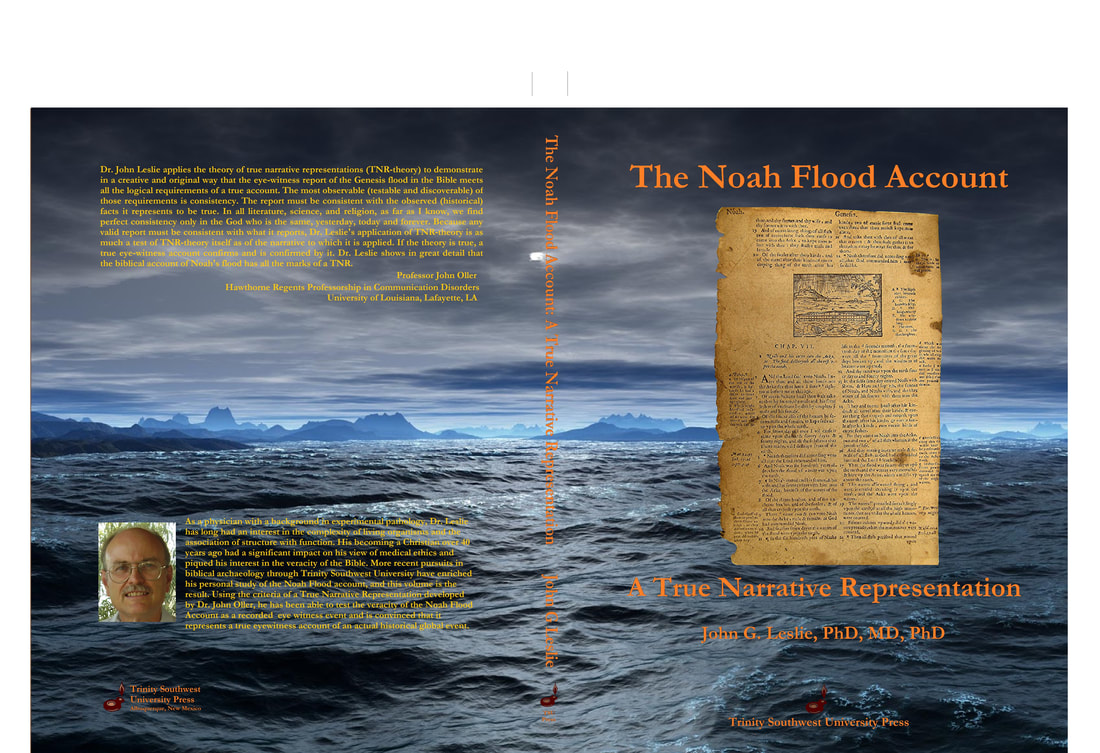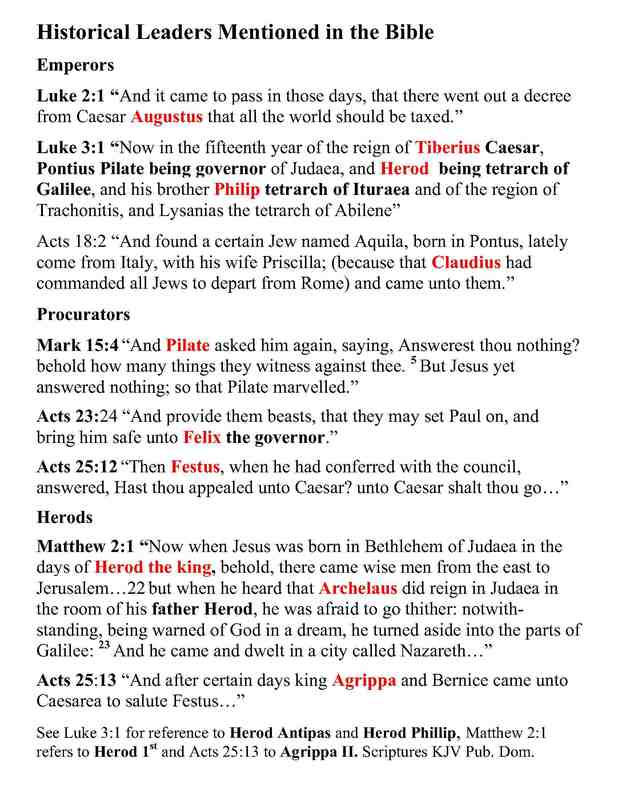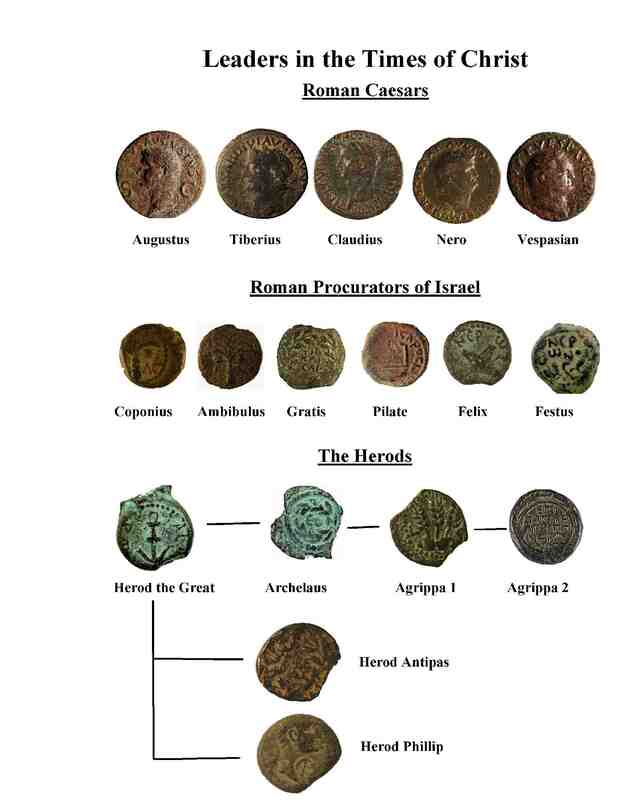Mosaic map of Jerusalem in the church floor at Madaba Jordan-image on Wikipedia public domain.
Answering Archaeology Objections to Biblical History
A Secular View When Reading the Scriptures: Example from an Article in Biblical Archaeology.org
“The Search for Noah’s Flood Scientists are looking in the wrong place” Ronald S. Hendel 03/26/2014http://www.biblicalarchaeology.org/daily/biblical-topics/hebrew-bible/the-search-for-noahs-flood/
“Biblical scholars will tell you that the Flood Story in Genesis 6–9 (actually stories in the plural, since there are two versions woven together in these chapters) derives most directly not from an actual event, but from earlier stories. The earlier stories are from ancient Mesopotamia, best known from the Gilgamesh Epic (Standard Babylonian version, c. 1100 B.C.E.) and the Atrahasis Epic (Old Babylonian, c. 1700 B.C.E.).” (underline by JGL)
This man confounds the truth of God’s Word. I responded in an email below:
Dear Sirs,
I strongly disagree with the overall views of this article. I have looked extensively at the Noah Flood Story evaluating it from the perspective of whether it is a True Narrative Representation or a myth, legend, or fable. I have concluded that it is a true eye witness account. Using the criteria of Dr John Oller, a linguistics expert, it conforms to the requirements of Determinancy, Continuity, and Generalizability necessary to be considered a True Narrative Representation. For Determinancy it uses ancient word forms (nouns, verbs) that a person would have used for descriptions of an event actually experienced. For Continuity it has a sequential time line and various ancient word constructs that tie it together as a single unit; and for Generalizability studies in biology, geology, and anthropology support the concept of a worldwide flood. Thus the Biblical Account is not a derivative of a Mesopotamian flood story and nor is it a local flood event. It is a true eye witness account of a worldwide flood in which a man, Noah, and his family are saved, in a boat, from a flood that covered the entire earth. Support for this view can be found in a dissertation I wrote for Trinity Southwest University in 2012 titled “Evaluation of the Noah Flood Account as a True Narrative Representation”. It is 500 pages in length. It can be found online at: http://www.DefendingtheChristianFaith.org. There many other sites that support a worldwide flood including Creation Ministries International and Answers In Genesis.
God Bless, John G Leslie PhD, MD, PhD
“The Search for Noah’s Flood Scientists are looking in the wrong place” Ronald S. Hendel 03/26/2014http://www.biblicalarchaeology.org/daily/biblical-topics/hebrew-bible/the-search-for-noahs-flood/
“Biblical scholars will tell you that the Flood Story in Genesis 6–9 (actually stories in the plural, since there are two versions woven together in these chapters) derives most directly not from an actual event, but from earlier stories. The earlier stories are from ancient Mesopotamia, best known from the Gilgamesh Epic (Standard Babylonian version, c. 1100 B.C.E.) and the Atrahasis Epic (Old Babylonian, c. 1700 B.C.E.).” (underline by JGL)
This man confounds the truth of God’s Word. I responded in an email below:
Dear Sirs,
I strongly disagree with the overall views of this article. I have looked extensively at the Noah Flood Story evaluating it from the perspective of whether it is a True Narrative Representation or a myth, legend, or fable. I have concluded that it is a true eye witness account. Using the criteria of Dr John Oller, a linguistics expert, it conforms to the requirements of Determinancy, Continuity, and Generalizability necessary to be considered a True Narrative Representation. For Determinancy it uses ancient word forms (nouns, verbs) that a person would have used for descriptions of an event actually experienced. For Continuity it has a sequential time line and various ancient word constructs that tie it together as a single unit; and for Generalizability studies in biology, geology, and anthropology support the concept of a worldwide flood. Thus the Biblical Account is not a derivative of a Mesopotamian flood story and nor is it a local flood event. It is a true eye witness account of a worldwide flood in which a man, Noah, and his family are saved, in a boat, from a flood that covered the entire earth. Support for this view can be found in a dissertation I wrote for Trinity Southwest University in 2012 titled “Evaluation of the Noah Flood Account as a True Narrative Representation”. It is 500 pages in length. It can be found online at: http://www.DefendingtheChristianFaith.org. There many other sites that support a worldwide flood including Creation Ministries International and Answers In Genesis.
God Bless, John G Leslie PhD, MD, PhD
Please see tab on this website Dissertations/papers of John G Leslie to see my dissertation on The Noah Flood A True Narrative Account. Links to purchase my book are below. As well, the store on this website has further places to buy the book.
Humans Listed in the Bible-Confirmed by Outside Resources
Study Confirming Existence of 53 Scriptural Figures Reflects Growing Academic Trend That Bible Is True
By Adam Eliyahu Berkowitz 8-7-17
"A recently published academic study which proves the historical existence of at least 53 Biblical figures may represent a recent trend in the academic and archaeological world giving unprecedented credibility to the truth of the Bible”
The author of the review stated that the researcher required that 3 different references to a personage in the Bible match 3 inscriptions found in archaeology.
Partial list(from article on website):
“Moab 6. Mesha: king early to mid-ninth century BCE, 2 Kings 3:4–27”…
“Northern Kingdom of Israel 12. Omri: king 884–873 BCE, 1 Kings 16:16, etc.
14. Jehu: king 842/841–815/814 BCE, 1 Kings 19:16, etc”….
“Southern Kingdom of Judah 21. David: king c. 1010–970 BCE, 1 Samuel 16:13, etc.
23. Ahaz: (= Jehoahaz) king 742/741–726 BCE, 2 Kings 15:38, etc.
24. Hezekiah: king 726–697/696 BCE, 2 Kings 16:20, etc.”…
“Assyria 35. Tiglathpileser III: (= Pul) king 744–727 BCE,2 Kings 15:19, etc.”…
“Babylonia 42. Nebuchadnezzar II: king 604–562 BCE, 2 Kings 24:1, etc.”…
”Persia 48. Cyrus II: (= Cyrus the Great) king 559–530 BCE, 2 Chronicles 36:22, etc.
49. Darius I: (= Darius the Great) king 520–486 BCE, Ezra 4:5, etc.”…
JGL comment: This study and others supports the actual history portrayed in the Bible, which contradicts the many attempts to denigrate it. See link to whole article published on BreakingIsraelNews.com
By Adam Eliyahu Berkowitz 8-7-17
"A recently published academic study which proves the historical existence of at least 53 Biblical figures may represent a recent trend in the academic and archaeological world giving unprecedented credibility to the truth of the Bible”
The author of the review stated that the researcher required that 3 different references to a personage in the Bible match 3 inscriptions found in archaeology.
Partial list(from article on website):
“Moab 6. Mesha: king early to mid-ninth century BCE, 2 Kings 3:4–27”…
“Northern Kingdom of Israel 12. Omri: king 884–873 BCE, 1 Kings 16:16, etc.
14. Jehu: king 842/841–815/814 BCE, 1 Kings 19:16, etc”….
“Southern Kingdom of Judah 21. David: king c. 1010–970 BCE, 1 Samuel 16:13, etc.
23. Ahaz: (= Jehoahaz) king 742/741–726 BCE, 2 Kings 15:38, etc.
24. Hezekiah: king 726–697/696 BCE, 2 Kings 16:20, etc.”…
“Assyria 35. Tiglathpileser III: (= Pul) king 744–727 BCE,2 Kings 15:19, etc.”…
“Babylonia 42. Nebuchadnezzar II: king 604–562 BCE, 2 Kings 24:1, etc.”…
”Persia 48. Cyrus II: (= Cyrus the Great) king 559–530 BCE, 2 Chronicles 36:22, etc.
49. Darius I: (= Darius the Great) king 520–486 BCE, Ezra 4:5, etc.”…
JGL comment: This study and others supports the actual history portrayed in the Bible, which contradicts the many attempts to denigrate it. See link to whole article published on BreakingIsraelNews.com
Hezekiah and Isaiah Bulla Support the Authencity of the Bible: Handout of a talk Given to a Local Church Recently.
Roman Leaders Listed in the Bible Confirmed by Archaeology
A Summary Article By Dr Clifford Wilson Reviewing Artifacts That Support The Bible As History
Does Archaeology Support the Bible? by Clifford Wilson on January 24, 2008; last featured August 27, 2014
"In every area, the evidence has been forthcoming: God has vindicated His Word, and His Book is a genuine writing, with prophecies and revelation that must be taken seriously. It is a biblical principle that matters of testimony should be established by the mouths of two or three witnesses. According to Hebrew law, no person could be found guilty of an offense without properly attested evidence from witnesses, even though this law was put aside at the trial of Jesus… When it comes to the Word of God, a similar principle is demonstrated from the modern science of archaeology. We are told in Psalm 85:11, “Truth shall spring out of the earth,” and in Psalm 119:89, “Forever, O Lord, Your word is settled in heaven.” God’s Word is sure. It outlasts human generations, and in His own time God vindicates its truth… Major Evidences Regarding Genesis 1–11 Genesis 1–11 is the 'seed-plot of the Bible,' an introduction to Abraham and great doctrines, such as God the Creator, Friend, Revealer, Judge, Redeemer, Restorer, and Sustainer. It is actual history, and it is a summary of beginnings. 1.Enuma Elish—This is the Babylonian Creation Record. We also have the Ebla Creation Tablet. The Bible record is clearly superior to this as the Enuma Elish has creation from pre-existing matter, which really isn’t creation at all. The Bible is the true account of this historical event. 2. The Epic of Gilgamesh includes the Babylonian Flood Story. Again, the biblical record is greatly superior. As Nozomi Osanai wrote in her master’s thesis on a comparison between Noah’s Flood and the Gilgamish Epic, “According to the specifics, scientific reliability, internal consistency, the correspondence to the secular records, and the existence of common elements among the flood traditions around the world, the Genesis account seems to be more acceptable as an accurate historical record.” 3. Long-living Kings at Kish (Sumer)—These kings supposedly lived from 10,000 to 64,000 years ago The Bible’s record is conservative and is the true account, while the Babylonian and other traditions have been embellished over time. It was later realized that the Babylonians had two bases for arithmetic calculations, based on either tens or sixties. When the records were retranslated using the system of tens rather than sixties, they came to a total within 200 years of the biblical record..." See online article listed in link for more examples. As an aside-this man was a friend of mine and he introduced me to Biblical Archaeology.
"In every area, the evidence has been forthcoming: God has vindicated His Word, and His Book is a genuine writing, with prophecies and revelation that must be taken seriously. It is a biblical principle that matters of testimony should be established by the mouths of two or three witnesses. According to Hebrew law, no person could be found guilty of an offense without properly attested evidence from witnesses, even though this law was put aside at the trial of Jesus… When it comes to the Word of God, a similar principle is demonstrated from the modern science of archaeology. We are told in Psalm 85:11, “Truth shall spring out of the earth,” and in Psalm 119:89, “Forever, O Lord, Your word is settled in heaven.” God’s Word is sure. It outlasts human generations, and in His own time God vindicates its truth… Major Evidences Regarding Genesis 1–11 Genesis 1–11 is the 'seed-plot of the Bible,' an introduction to Abraham and great doctrines, such as God the Creator, Friend, Revealer, Judge, Redeemer, Restorer, and Sustainer. It is actual history, and it is a summary of beginnings. 1.Enuma Elish—This is the Babylonian Creation Record. We also have the Ebla Creation Tablet. The Bible record is clearly superior to this as the Enuma Elish has creation from pre-existing matter, which really isn’t creation at all. The Bible is the true account of this historical event. 2. The Epic of Gilgamesh includes the Babylonian Flood Story. Again, the biblical record is greatly superior. As Nozomi Osanai wrote in her master’s thesis on a comparison between Noah’s Flood and the Gilgamish Epic, “According to the specifics, scientific reliability, internal consistency, the correspondence to the secular records, and the existence of common elements among the flood traditions around the world, the Genesis account seems to be more acceptable as an accurate historical record.” 3. Long-living Kings at Kish (Sumer)—These kings supposedly lived from 10,000 to 64,000 years ago The Bible’s record is conservative and is the true account, while the Babylonian and other traditions have been embellished over time. It was later realized that the Babylonians had two bases for arithmetic calculations, based on either tens or sixties. When the records were retranslated using the system of tens rather than sixties, they came to a total within 200 years of the biblical record..." See online article listed in link for more examples. As an aside-this man was a friend of mine and he introduced me to Biblical Archaeology.



